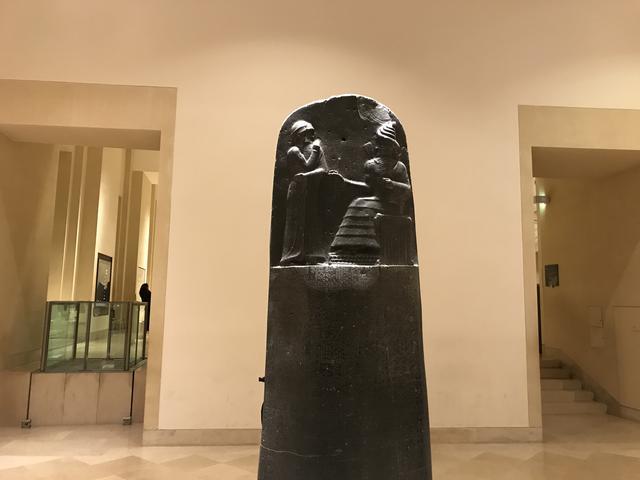The Hammurabi Code

The Code of Hammurabi is the emblem of the Mesopotamian civilization. The high basalt stele erected by the King of Babylon in the 18th century BC, is a piece of art, a historical and literary work and the most complete legal collection of Antiquity, prior to Biblical Laws. Transported by a Prince from the neighboring country of Elam (in Iran) in the 12th century BC, the monument was exhibited on the acropolis of Susa among other prestigious Mesopotamian masterpieces.
The text is written in cuneiform script and in Akkadian language. It is divided in 3 parts:
- a historical prologue telling the investiture of King Hammurabi in his role of "protector of the weak and the oppressed", as well as the formation of his Empire and his achievements;
- a lyrical epilogue summarizing its work of Justice and preparing its perpetuation in the future;
- three hundred laws or rulings, referring to the regulation of daily life in the Babylon Kingdom.
The Code of Hammurabi has, firstly, a value as a model, as a treaty on the exercise of the Judiciary Power, written from the perspective of Mesopotamian science, which never rises from the particular to the general.
The observation of several similar cases makes us conclude that instead of a Code of Laws, it is a collection of Jurisprudence. The contradictions that can be noted (two similar cases with different results) can be explained by the fact that we are dealing with judgments from which the too intimate elements have been removed (for example the names of the protagonists). As in Mesopotamia the Justice was a Royal prerogative, Hammurabi presents a choice of the wisest judicial decisions he had to make or ratify himself.
© Tourblink